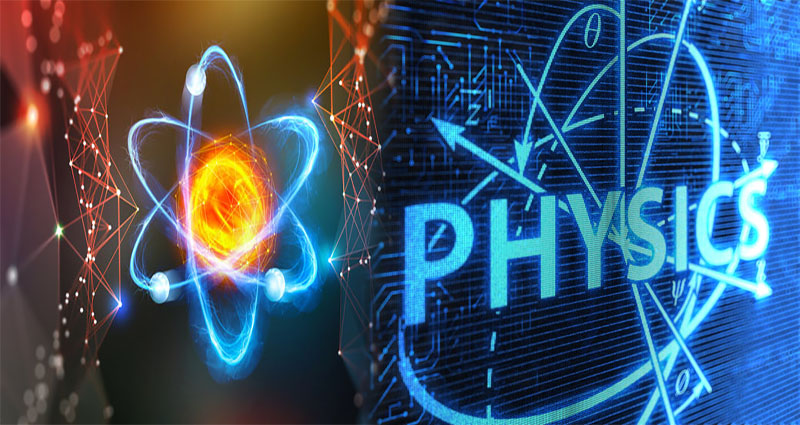Essential Physics Terms To Know For Your Test
Physics is a difficult subject, but it doesn’t have to be. Knowing these basic physics terms will help you understand the test and know what information to look for in each question.
Potential Energy
Potential Energy is the stored energy of an object due to its position relative to other objects.
For example, a ball at the top of a hill has more potential energy than one at the bottom because it can roll down and do work (move other objects). The force required for this change in position is called “gravitational potential energy”. The amount of gravitational potential energy depends on how high up on the hill you are standing and how far away from Earth’s center you are located.
If you throw something straight up into space with no air resistance or friction then it will travel all around earth before returning back again after an indefinite amount … Continue reading >>>>










